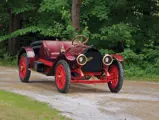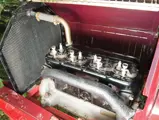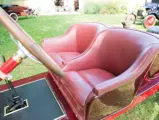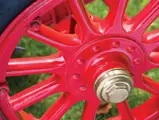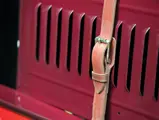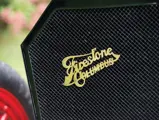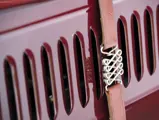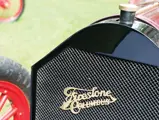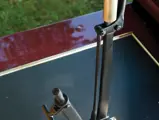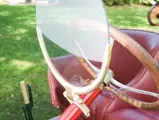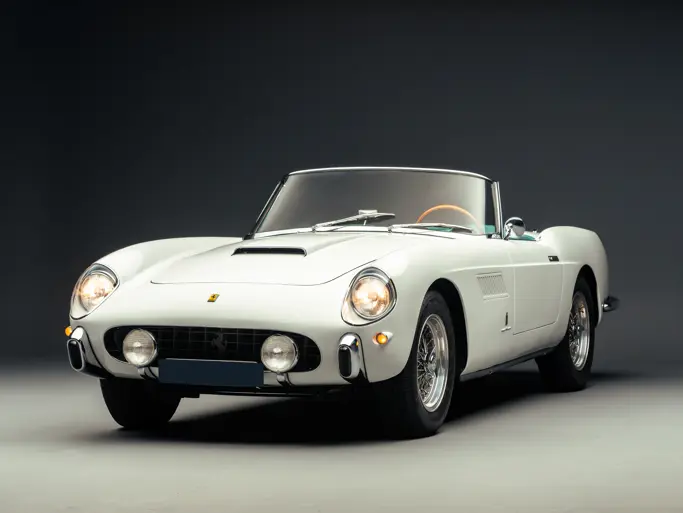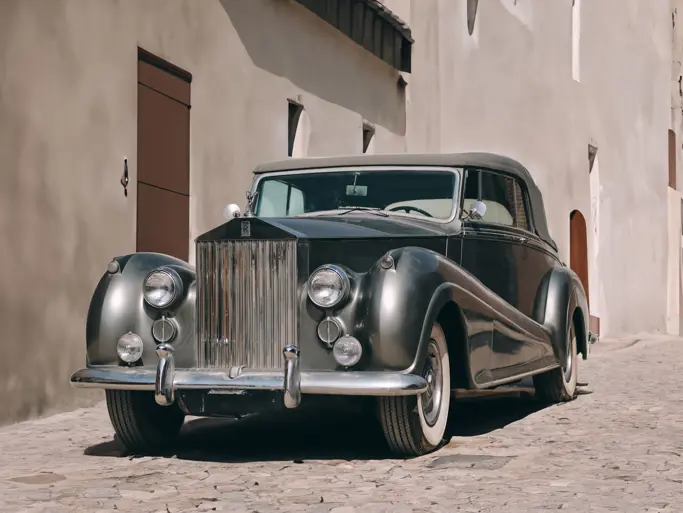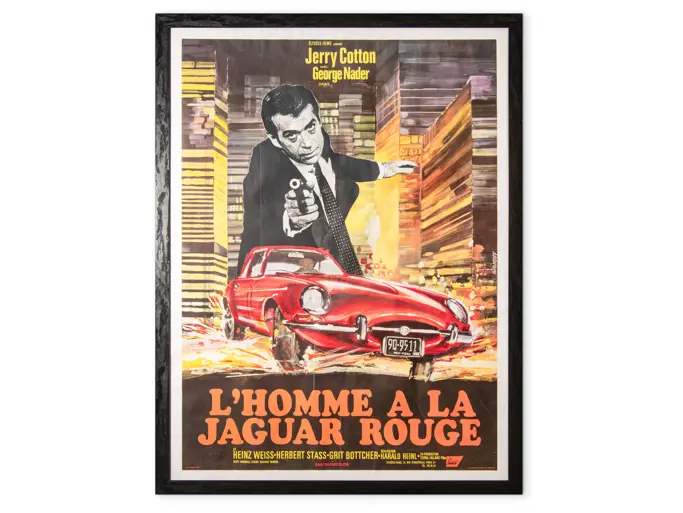Motor City 2014
1912 Firestone-Columbus Indianapolis Tribute
{{lr.item.text}}
$79,750 USD | Sold
 | Plymouth, Michigan
| Plymouth, Michigan
{{internetCurrentBid}}
{{internetTimeLeft}}

- Inspired by period Indianapolis racers
- Advanced technical specifications
- Freshly restored
32 hp, 220.9 cu. in. L-head inline Continental four-cylinder engine, three-speed manual transmission, solid front axle and live rear axle with semi-elliptic leaf springs, and two-wheel mechanical drum brakes. Wheelbase: 122 in.
The Firestone-Columbus arose from the Columbus Buggy Company, of Columbus, Ohio. After entering the automobile business in 1903 with an electric car, Columbus Buggy expanded rapidly, to the point of projecting the production of 1,000 cars in 1910. A gasoline-powered line of high-wheelers was built in 1907 and 1908; these were two-cylinder cars that had rope-drive, and they were sometimes called “Buggymobiles” or, simply, “Columbuses.”
In 1909 the firm entered the upper end of the market with the $1,800 Firestone-Columbus, which was named for the company’s president, Clinton Dewitt Firestone. This baby tonneau, with a 35-horsepower, four-cylinder engine and a 110-inch wheelbase, was touted as “The Car Complete,” with 500 being built that year. For 1910 two models were offered, the Series 6, which was available as a family car, limousine, and landaulet, with all having a 36-horsepower four on a 117-inch wheelbase, and the Series 7, which was available as a coupe or runabout on a shorter 100-inch wheelbase or a light touring on a 113-inch wheelbase.
The Firestone-Columbus was very advanced for its day, with left-hand steering and a drop-center chassis by 1910, a center gear change in 1911, and an acetylene starter when most others were experimenting with compressed air.
At the first Indianapolis 500 in 1911, a Firestone-Columbus known as “the Red Wing Special” began at the 13th position and finished 13th overall, beating many of the more expensive marques, with the help of designer Lee Frayer at the wheel and the famed Eddie Rickenbacker as his co-driver.
The current owner of this particular car acquired it some 20 years ago from a well-known restorer and collector in New Jersey. Research and restoration began, and after discovering Firestone-Columbus’s racing history, it was decided that the restoration would follow in that direction.
While the 1911 Indy entrant, the Red Wing Special, was a short-wheelbase car, this car’s 122-inch wheelbase is larger, giving the car more presence. It was built in track form, but it also has a full set of fenders for regular road use. Its cowled coachwork and dual front-seat layout are appropriate for the model, and its ample-capacity exposed gas tank completes the raceabout form. It is mounted with dual rear spares and also has a recessed tool box aft of the gas tank, for easy access. The artillery wheels, which are mounted with 33x5-inch Firestone non-skid tires, are powered by the completely rebuilt four-cylinder, 4⅛-inch monobloc Continental Model C engine. The ignition was supplied by Bosch and rebuilt by noted magneto rebuilder Ed Strain. Light maroon leather trims the smooth sporting-style buckets and complements the deep wine-colored exterior.
In its road-prepared trim, the car is illuminated by acetylene headlamps, which are powered by a Prestolite tank, while the side lamps and tail lamp are kerosene-fired. Due to its early manufacture, an electric starter has been retrofitted to make starting safer and easier. To keep the bugs out of ones teeth, a monocle windshield has been column-fitted.
This tribute to the Indianapolis Firestone-Columbus stands proud and ready for its next adventure.

